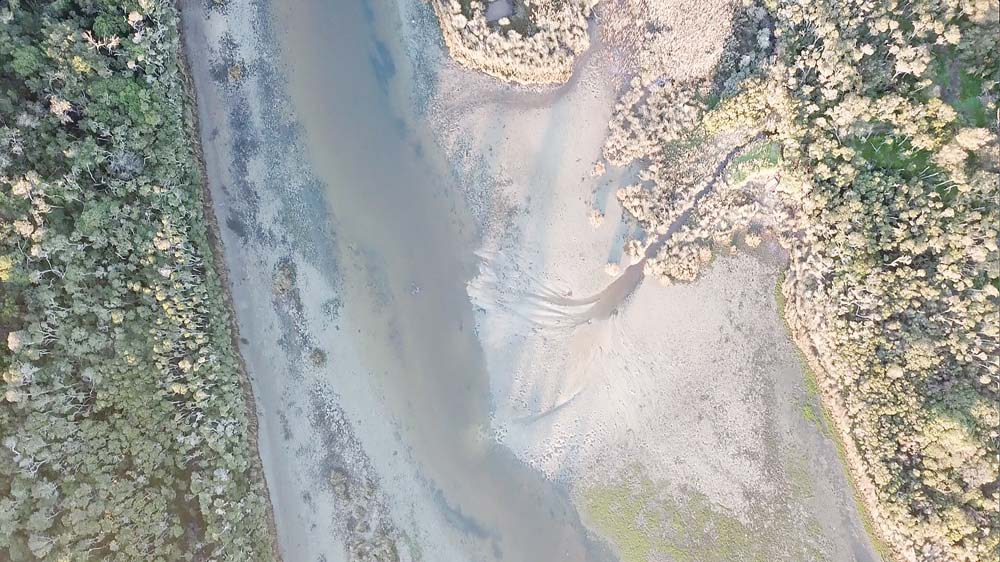
BALCOMBE Estuary Reserves Group has warned of an “environmental disaster” if sediment continues to fill the estuary at Mount Martha.
Its president Peter McMahon has accused Melbourne Water of “sitting idly by as we slowly lose this beautiful estuary to indifference, penny-pinching and demarcation issues”.
Melbourne Water says it has been “consulting” with Mornington Peninsula Shire and BERG “for more than a decade” to stop the accumulation of sediment which comes from unsealed roads.
The 76-hectare estuary and adjoining reserves are home to hundreds of native birds and animals and a popular recreation area for residents and visitors.
“Every time it rains heavily, sediment from drains is washed into the pristine estuary,” Mr McMahon said.
He said Melbourne Water was “ignoring the reports released three years ago of two expert water management companies that recommended ways of solving the problem”.
The studies were carried out for the shire by the Centre for Aquatic Identification and Management (CAPIM) and Alluvium in partnership with Melbourne University.
“One sticking point is upgrading a gross pollutant trap in Henley Avenue, Mount Martha where a stormwater outfall is the largest contributor of sediment to the estuary basin,” Mr McMahon said.
“The trap is on Melbourne Water’s main drainage line and the government authority is fretting about the shire or contractors modifying the line.”
Melbourne Water’s team leader regional services waterways and land Steve Hosking said the traps were cleaned out every month with about 1.5 tonnes of sediment and gross pollutants being recently removed.
“We are partnering with the shire to identify suitable sites for streetscape sediment bays on council’s unsealed roads and remain committed to work with council on this issue to find an effective solution,” he said.
The sediment bays use vegetation or graded pits to trap loose gravel and stones before they are washed into the creek.
Mr McMahon said the shire had committed $150,000 but Melbourne Water “has refused to chip in”.
He said BERG “is furious at the response and concerned at the lack of urgency displayed by Melbourne Water”.
“Melbourne Water should accept that it is their assets that are delivering the damaging sediment into the estuary.”
With Keith Platt
* Barry Morris is a member of the Balcombe Estuary Reserves Group.